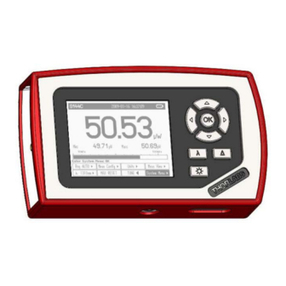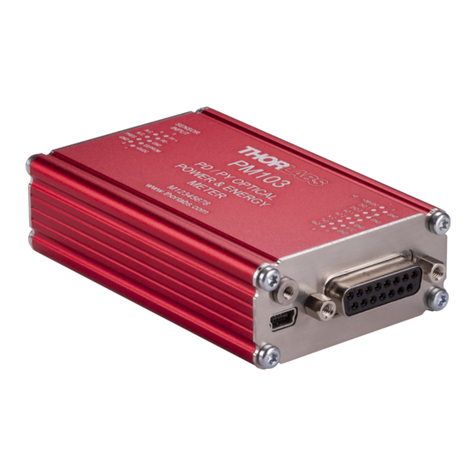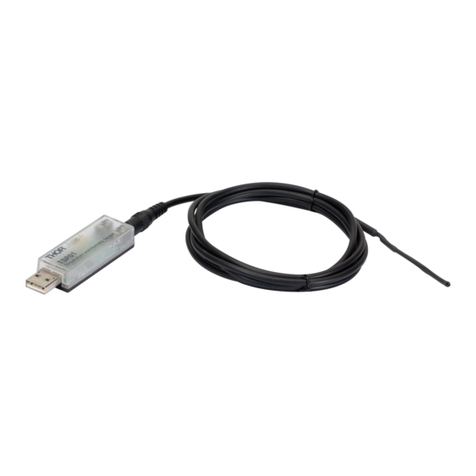THORLABS INT-COM-1300 User manual
Other THORLABS Measuring Instrument manuals

THORLABS
THORLABS HTPS User manual
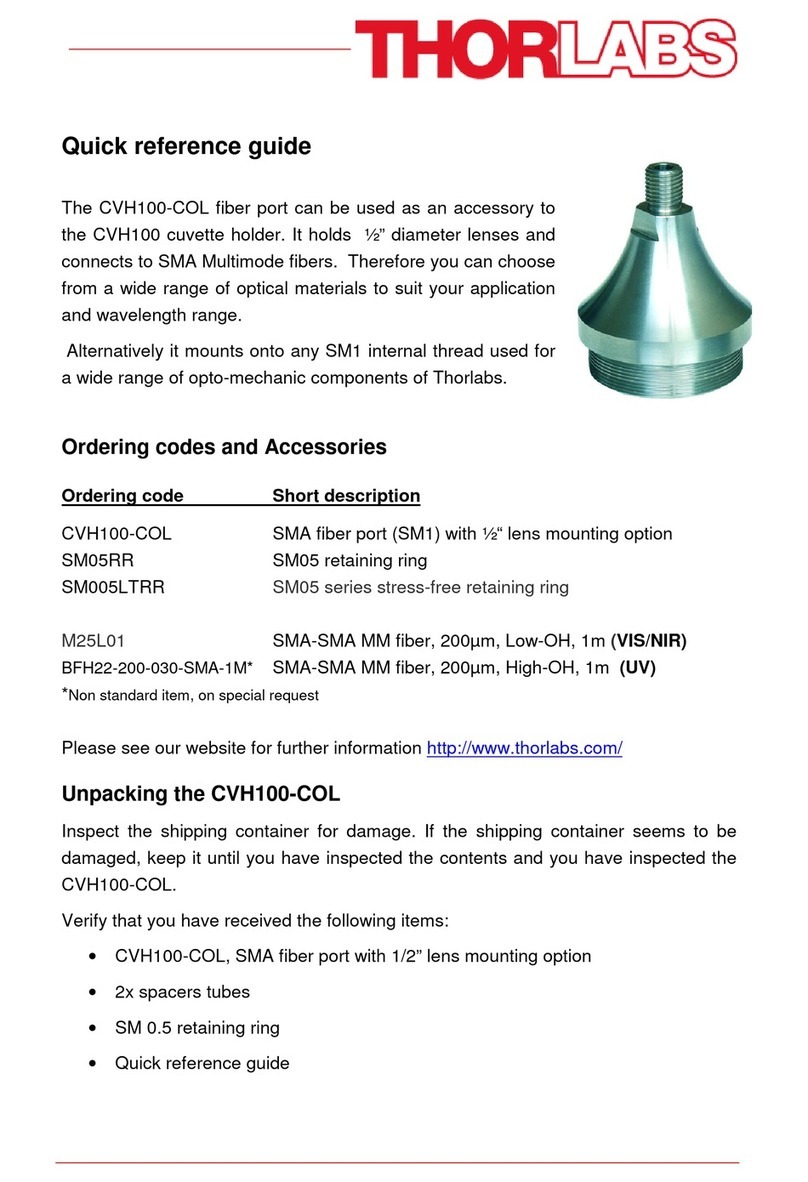
THORLABS
THORLABS CVH100-COL User manual
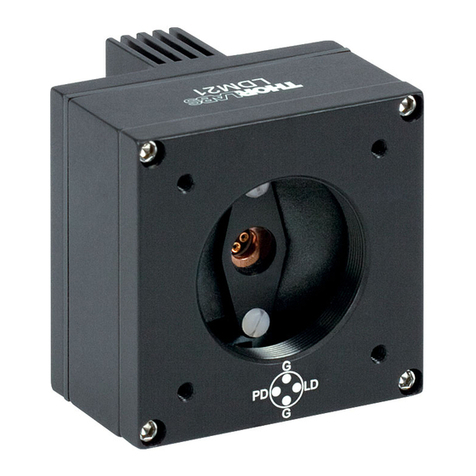
THORLABS
THORLABS LDM21 User manual

THORLABS
THORLABS S2011 User manual
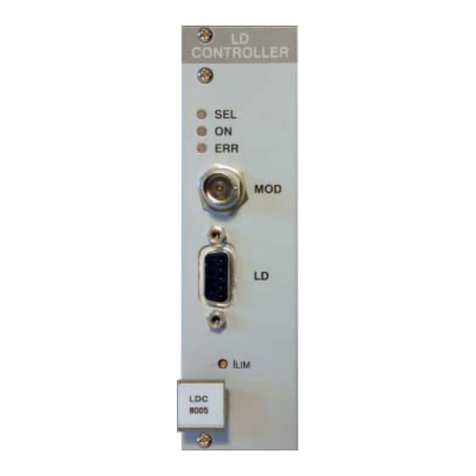
THORLABS
THORLABS Blueline Series User manual
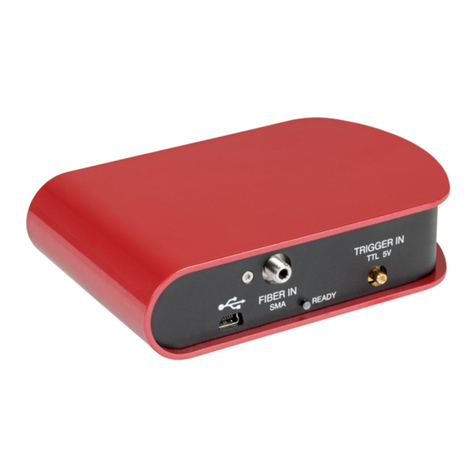
THORLABS
THORLABS CCS Series Instruction manual
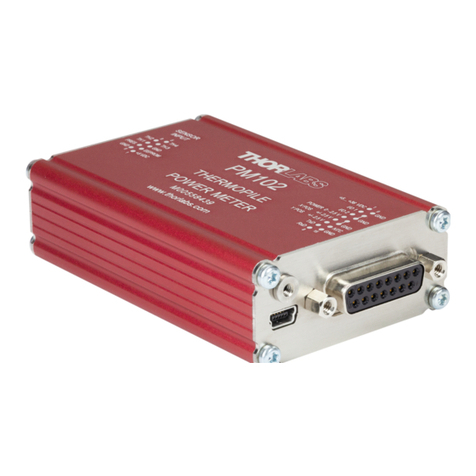
THORLABS
THORLABS PM102 User manual

THORLABS
THORLABS CCS Series User manual
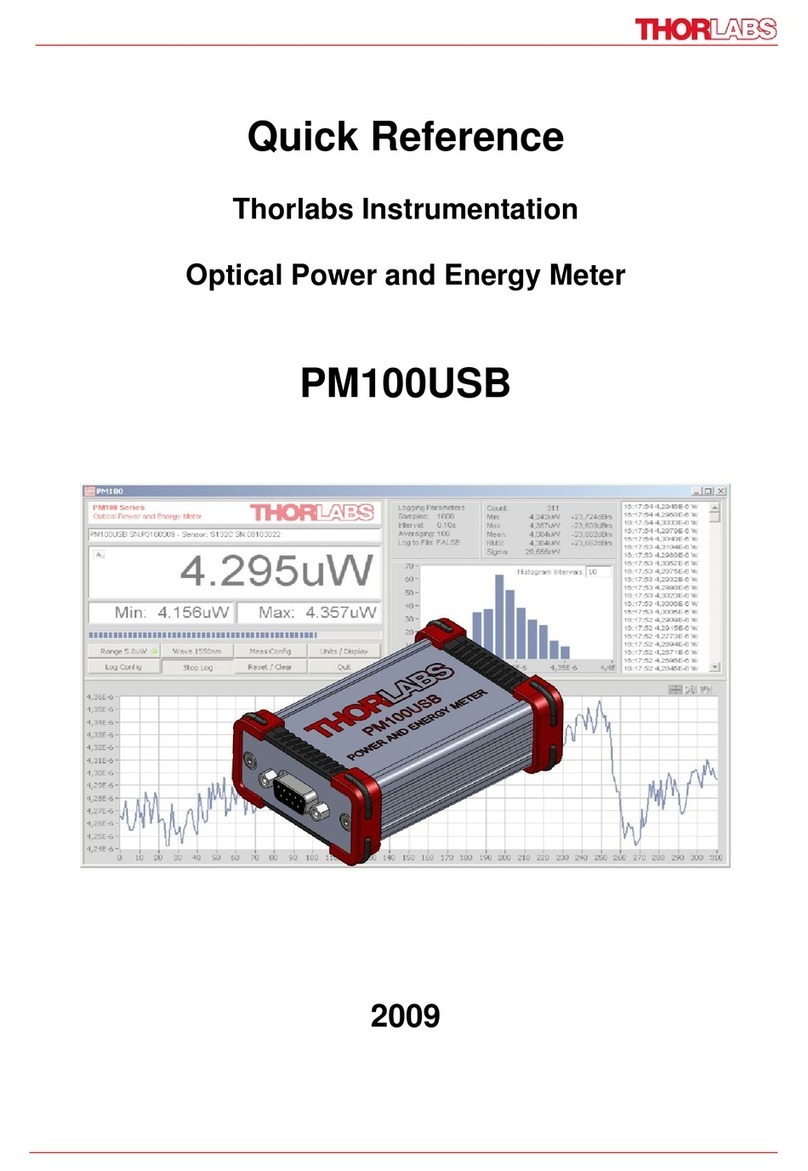
THORLABS
THORLABS PM100USB User manual
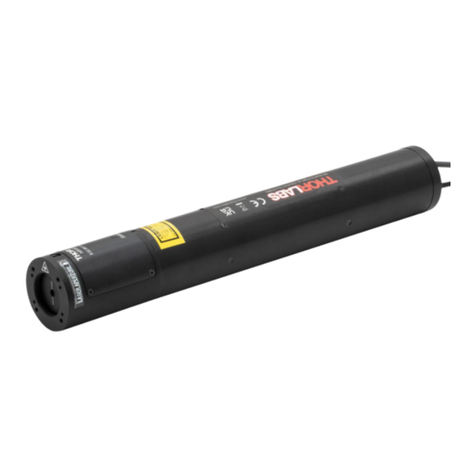
THORLABS
THORLABS HRS015B User manual
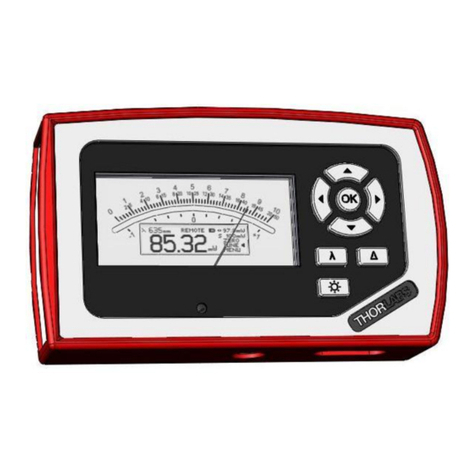
THORLABS
THORLABS PM100A User manual
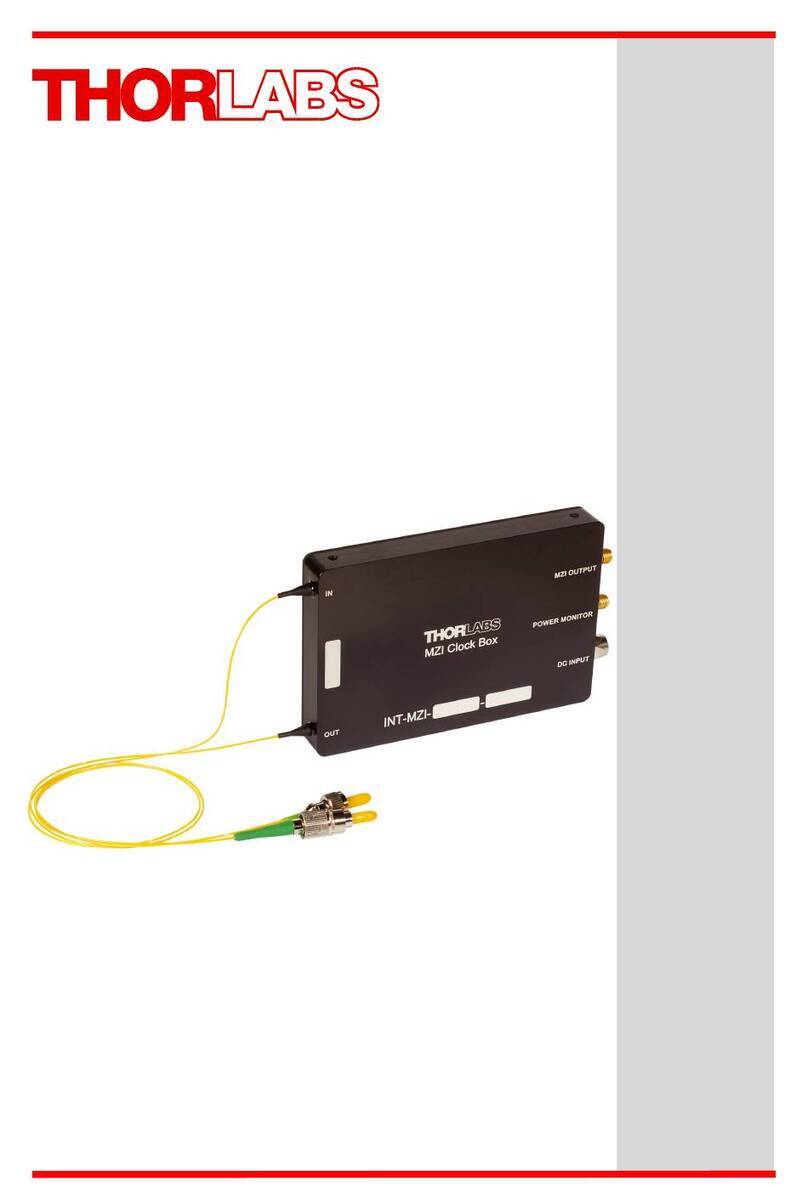
THORLABS
THORLABS INT-MZI Series User manual
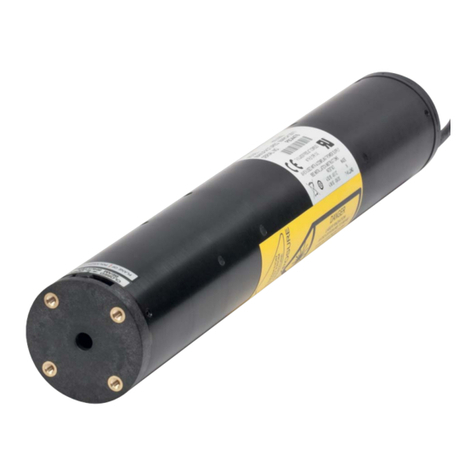
THORLABS
THORLABS HNL020R User manual
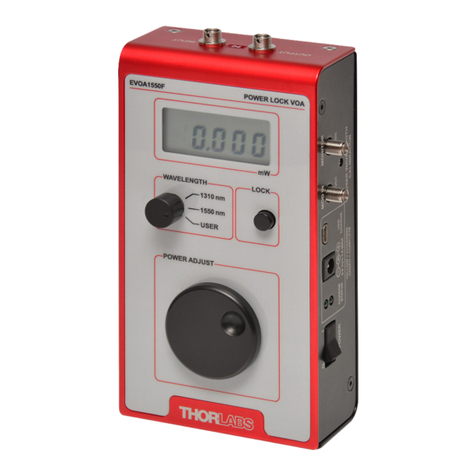
THORLABS
THORLABS EVOA1550F User manual
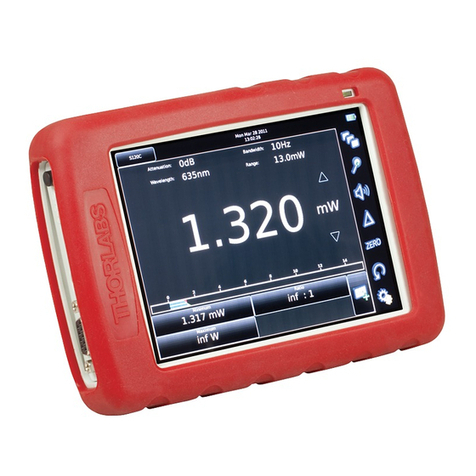
THORLABS
THORLABS PM200 User manual
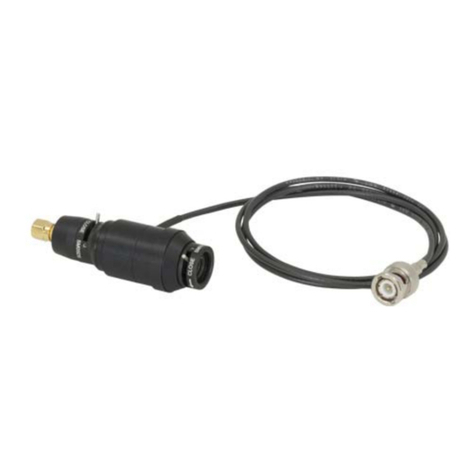
THORLABS
THORLABS SA210 Series User manual

THORLABS
THORLABS S120 User manual
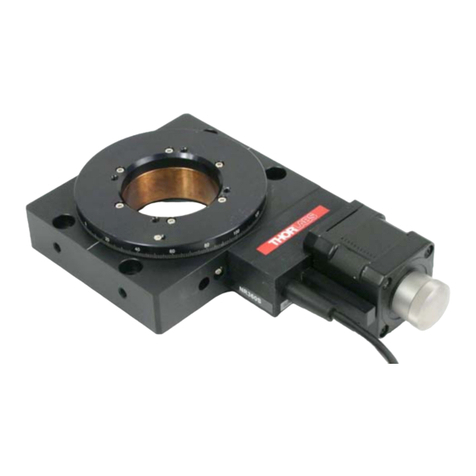
THORLABS
THORLABS NR360S User manual
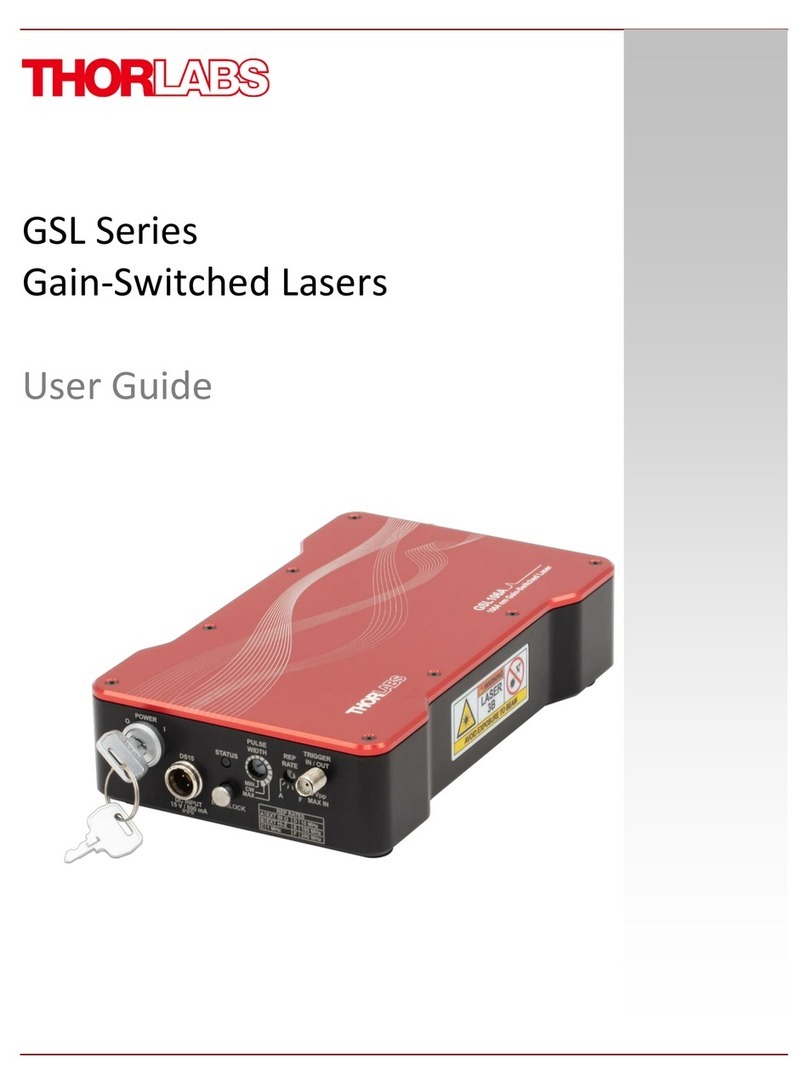
THORLABS
THORLABS GSL Series User manual
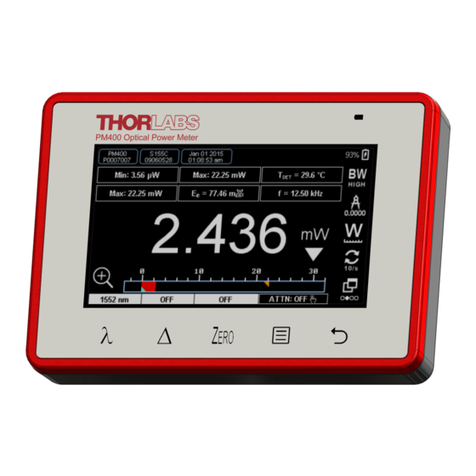
THORLABS
THORLABS PM400 User manual
Popular Measuring Instrument manuals by other brands

Powerfix Profi
Powerfix Profi 278296 Operation and safety notes

Test Equipment Depot
Test Equipment Depot GVT-427B user manual

Fieldpiece
Fieldpiece ACH Operator's manual

FLYSURFER
FLYSURFER VIRON3 user manual

GMW
GMW TG uni 1 operating manual

Downeaster
Downeaster Wind & Weather Medallion Series instruction manual

Hanna Instruments
Hanna Instruments HI96725C instruction manual

Nokeval
Nokeval KMR260 quick guide

HOKUYO AUTOMATIC
HOKUYO AUTOMATIC UBG-05LN instruction manual

Fluke
Fluke 96000 Series Operator's manual

Test Products International
Test Products International SP565 user manual

General Sleep
General Sleep Zmachine Insight+ DT-200 Service manual
